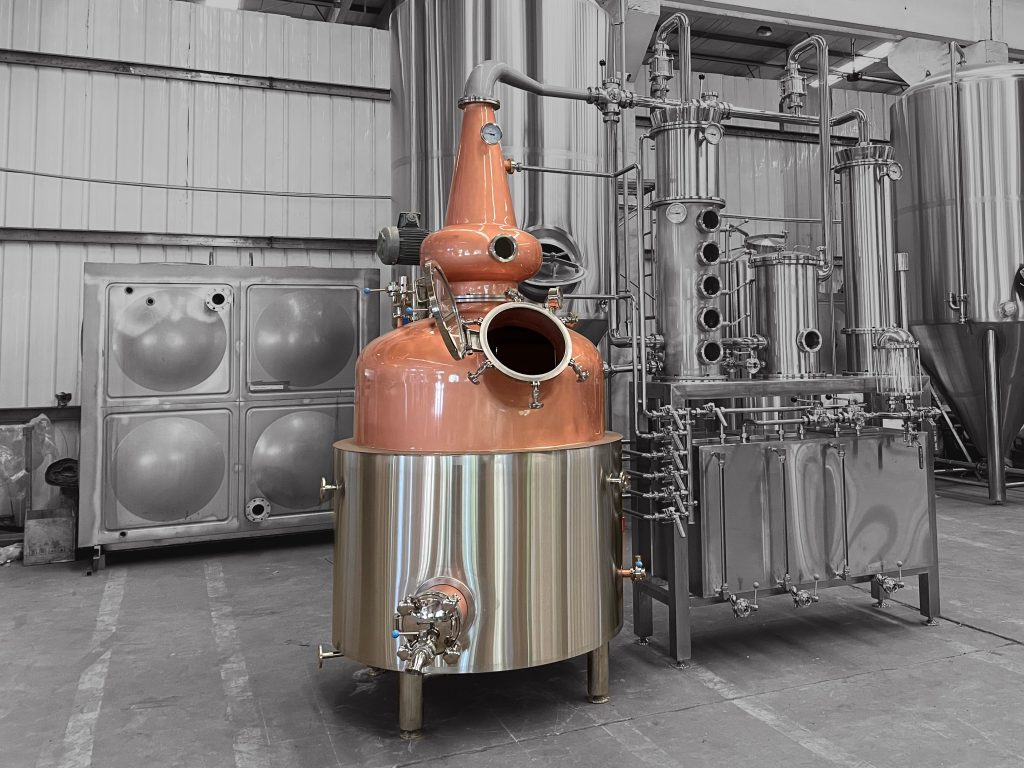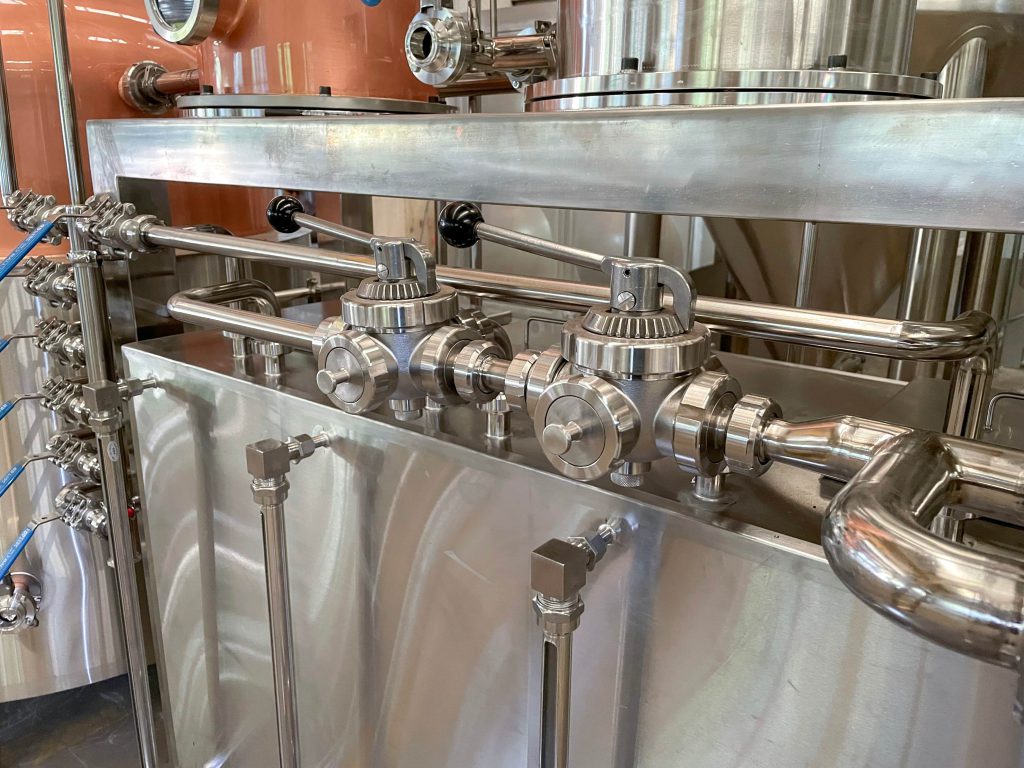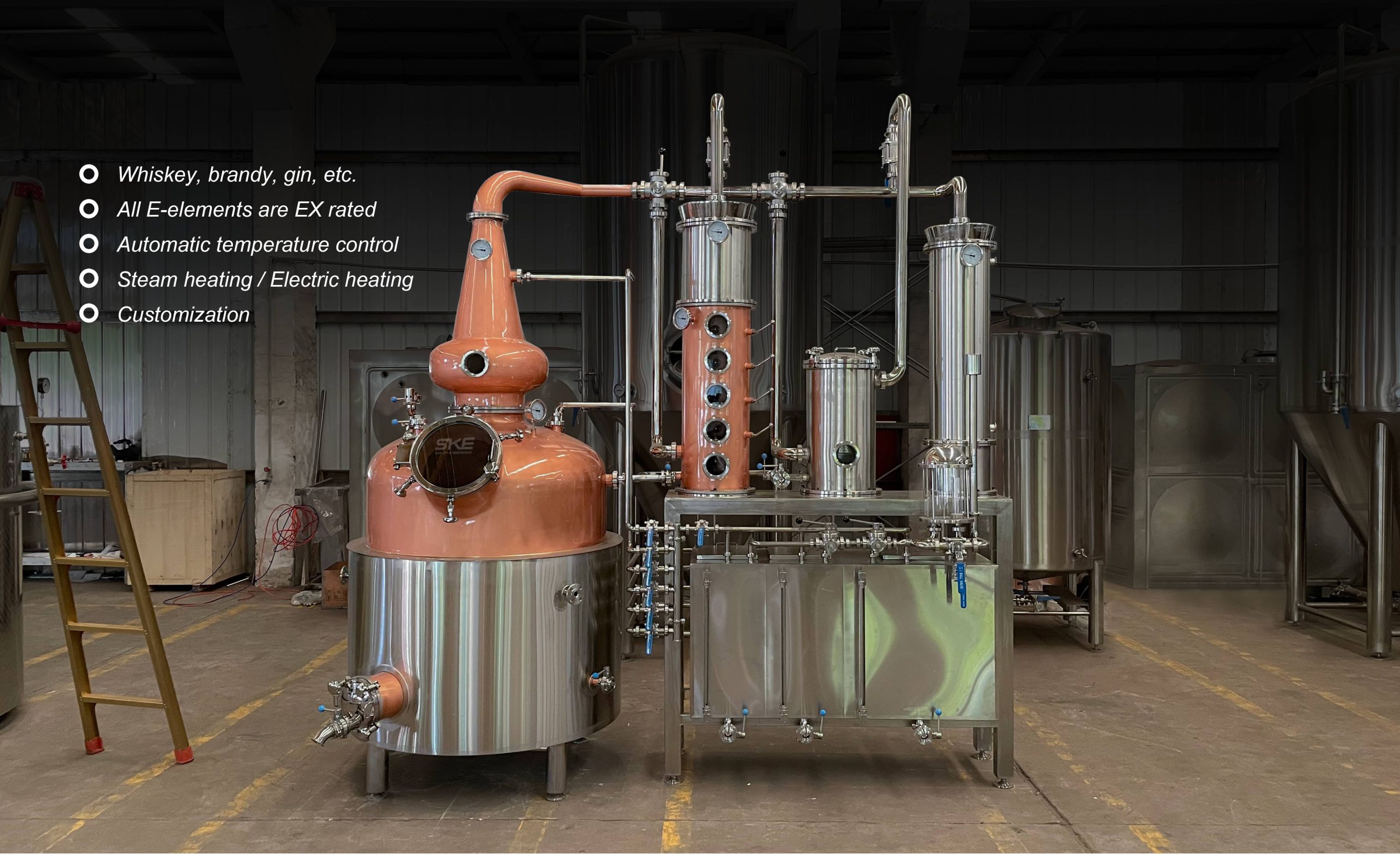Introduction

Welcome to the world of premium spirits! If you’re passionate about crafting your own high-quality beverages, then a copper still pot is an essential piece of equipment. The copper still pot has been used for centuries to distill spirits, and its unique properties contribute to the exceptional flavor and aroma of the final product. In this comprehensive guide, we’ll delve into the intricacies of copper still pots, exploring their benefits, selection criteria, usage, and maintenance. Whether you’re a seasoned distiller or a curious beginner, this blog will equip you with the knowledge needed to embark on your own premium spirit journey. The role of the copper still pot is fundamental in the creation of distinguished spirits. The interaction between the copper and the distillate is what sets it apart.
The Benefits of Using a Copper Still Pot
The use of a copper still offers numerous advantages that contribute to the superior quality of distilled spirits. Here are some of the key benefits:
- Superior Heat Conductivity: Copper is an excellent conductor of heat, ensuring even and consistent heating throughout the distillation process. This uniform heating is crucial for precise temperature control, which directly impacts the separation of volatile compounds and the overall flavor profile of the spirit.
- Removal of Sulfur Compounds: Copper reacts with sulfur compounds, which are naturally produced during fermentation. These compounds can impart undesirable flavors and aromas to the spirit. By removing them, copper yields a cleaner, smoother, and more refined final product. The copper still pot is a natural purifier.
- Enhanced Flavor and Aroma: The interaction between copper and the distillate promotes the development of complex and nuanced flavors. Copper also helps to enhance the fruity and floral notes in the spirit, resulting in a more aromatic and enjoyable drinking experience.
- Traditional Craftsmanship: Using a copper still connects you to a rich tradition of spirit distillation. The craftsmanship and artistry involved in creating these pots contribute to the unique character and quality of the final product. Many believe that the copper still is a required piece of equipment for truly traditional spirits.
Selecting the Right Copper Still Pot
Choosing the right copper still pot is crucial for achieving optimal results. Consider the following factors when making your selection:
- Size and Capacity: The size of the still should match your production volume. Smaller stills are suitable for home distilling, while larger stills are necessary for commercial operations. The size of your copper still pot will dictate your volume of final product.
- Material Quality: Ensure that the still is made from high-quality copper. Thicker copper provides better heat distribution and durability. The quality of the copper still pot’s build will impact its longevity.
- Design and Shape: Different still designs can impact the flavor profile of the spirit. Pot stills, column stills, and hybrid stills each offer unique characteristics. The design of the copper still matters.
- Heating Source: Consider the type of heating source you’ll be using. Direct fire, steam, and electric heating each have their pros and cons. The heat source must be compatible with your copper still .
Understanding the Distillation Process
The distillation process involves heating a fermented liquid (wash) to separate the alcohol from water and other compounds. Here’s a simplified overview:
- Fermentation: The wash is created by fermenting sugars with yeast, producing alcohol.
- Heating: The wash is heated in the copper still , causing the alcohol to vaporize.
- Condensation: The vapor is cooled and condensed back into a liquid.
- Collection: The condensed liquid (spirit) is collected, and the process is repeated as needed. The Copper still pot is the heart of this process.
Essential Equipment for Copper Still Pot Distillation
In addition to the copper still , several other pieces of equipment are essential for successful distillation:
- Condenser: Cools the vapor back into a liquid.
- Thermometer: Monitors the temperature of the wash and vapor.
- Hydrometer: Measures the alcohol content of the spirit.
- Collection Containers: Stores the distilled spirit.
- A proper cleaning kit, for copper still maintenance.
Copper Still Pot Maintenance and Cleaning
Proper maintenance and cleaning are essential for ensuring the longevity and performance of your copper still :
- Regular Cleaning: Clean the still after each use to remove any residue.
- Copper Polishing: Polish the copper periodically to maintain its appearance and prevent oxidation.
- Storage: Store the still in a dry and well-ventilated area.
Troubleshooting Common Distillation Issues
Even with careful preparation, distillation issues can arise. Here are some common problems and their solutions:
- Off-flavors: Ensure proper fermentation and cleaning.
- Low alcohol yield: Check the temperature and heating process.
- Leaky still: Inspect and repair any leaks.
- Temperature control is key for a Copper still pot.
Copper Still Pot Distillation: Measurement Chart

Here is a simple measurement chart for a theoretical distilation.
| Measurement | Value | Notes |
|---|---|---|
| Wash Alcohol Content | 8% | Starting point |
| First Distillation Output | 25% | “Low wines” |
| Second Distillation Output | 65-75% | Final spirit |
| Distillation Temperature | 78-80°C | Alcohol vaporization |
| Copper Still Pot Capacity | 10 Liters | common home use size |
Conclusion
A copper still pot is a cornerstone of premium spirit production. Its unique properties and traditional craftsmanship contribute to the exceptional quality of the final product. By understanding the benefits, selection criteria, usage, and maintenance of copper still pots, you can embark on your own journey to crafting exquisite spirits. Remember, the right equipment and knowledge are essential for success. If you are ready to begin your journey, contact us, and we will help you to purchase your copper still pot today.
FAQ
What is the best type of copper for a still pot?
High-quality, pure copper is ideal. Specifically, look for copper that is 99% pure or higher. This purity ensures optimal heat conductivity and effective removal of sulfur compounds, which are crucial for a clean final product.
How often should I clean my copper still pot?
Clean it after every use. This prevents the buildup of residue and off-flavors that can negatively impact your distilled spirits. Regular cleaning also prolongs the lifespan of your copper still pot.
Can I use any heating source with a copper still pot?
No, choose a compatible heating source. Direct fire, electric, and steam are common options, but each requires careful consideration for optimal and safe operation. Ensure the heating source provides consistent temperature control.
How long does the distillation process take?
It varies, but typically several hours. Factors such as the size of the still, the desired proof, and the heating method all influence the duration. Monitoring the process closely is key.

